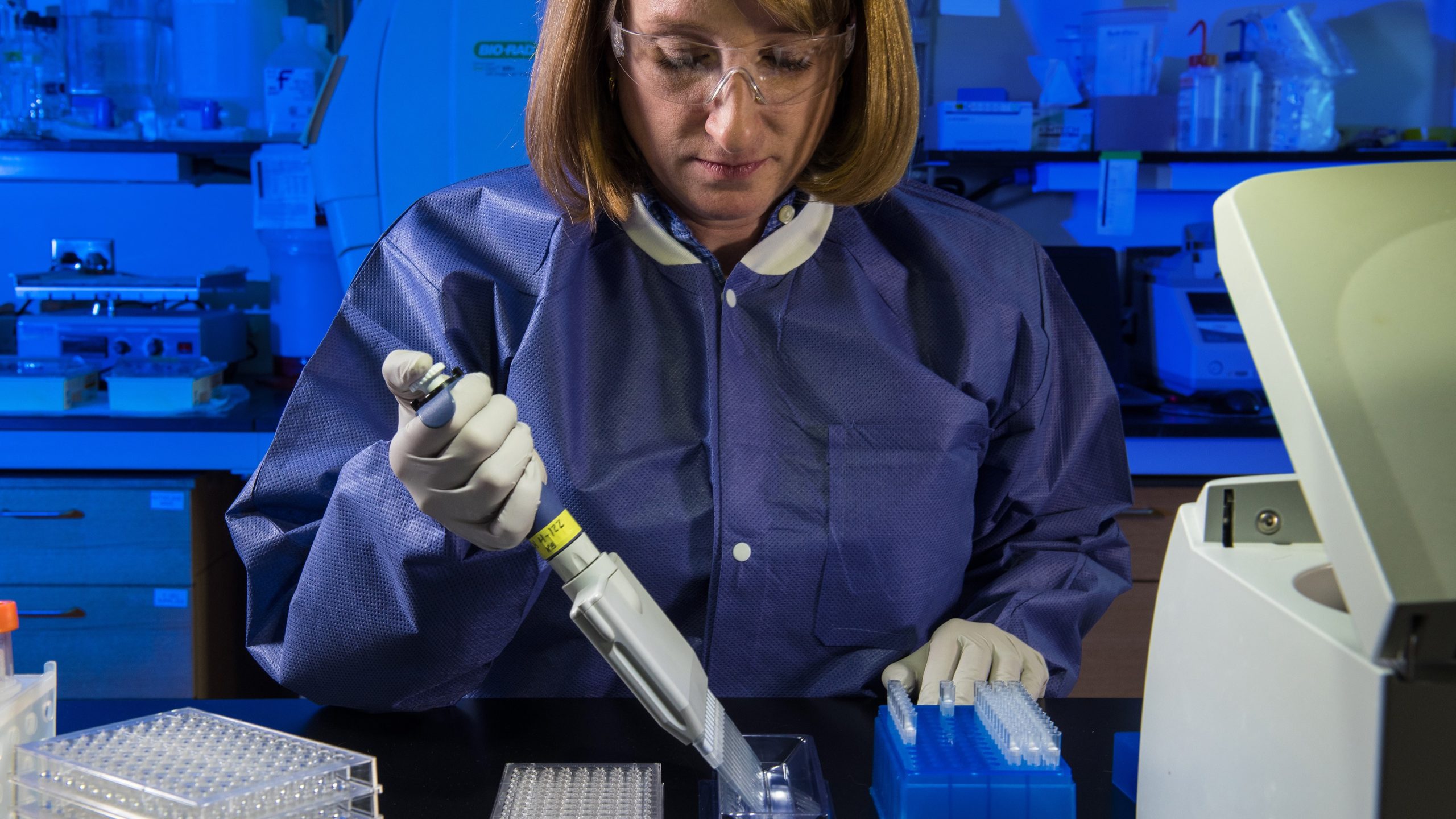Key points
- Patients with suspected St. Louis encephalitis should first be tested for St. Louis encephalitis virus-specific immunoglobulin (Ig) M antibodies in serum and/or cerebrospinal fluid (CSF).
- Positive IgM results should be confirmed by neutralizing antibody testing at a state public health laboratory or CDC.
- Molecular testing can be considered in patients with immunocompromising conditions.

Considerations
Serologic testing remains the primary method for diagnosing St. Louis encephalitis. St. Louis encephalitis virus is difficult to isolate from clinical samples, and almost all isolates have come from brain tissue or CSF. For immunocompromised patients, molecular testing (e.g., reverse transcription-polymerase chain reaction [RT-PCR]) might be more sensitive than serologic testing.
St. Louis encephalitis is a nationally notifiable condition. All cases should be reported to local public health authorities in a timely manner. Reporting can assist local, state, and national authorities to recognize outbreaks and to implement control measures to reduce future infections.
Recommended tests
Laboratory diagnosis is generally accomplished by testing of serum or CSF to detect St. Louis encephalitis virus-specific IgM and neutralizing antibodies.
- Immunoassays for St. Louis encephalitis virus IgM antibodies are available commercially and through state public health laboratories and CDC.
- Initial serological testing is performed using IgM capture enzyme-linked immunosorbent assay (ELISA) or by indirect immunofluorescence assay (IFA).
- Because of potential cross-reactivity to other flavivirus infections (e.g., West Nile virus, Powassan virus) or non-specific reactivity, a positive St. Louis encephalitis virus IgM antibody test result should be confirmed by neutralizing antibody testing (plaque-reduction neutralization test) of serum or CSF specimens at a state public health laboratory or CDC.
- Viral cultures and tests to detect viral RNA (e.g., RT-PCR) can be performed on serum, CSF, and tissue specimens that are collected early in the course of illness and, if results are positive, can confirm an infection.
- Some patients who are severely immunocompromised might require molecular testing for diagnosis.
- Immunohistochemistry (IHC) can detect St. Louis encephalitis antigen in formalin-fixed tissue.
- Negative results of viral culture, RT-PCR, and IHC do not rule out St. Louis encephalitis virus infection. These tests can be requested through state public health laboratories or CDC.
To submit specimens for testing, please contact your state or local health department. They can assist you with determining if samples should be sent to the CDC Arbovirus Diagnostic Laboratory for further testing. Specimens should be submitted to CDC through state health departments. All results will be sent from CDC to the appropriate state health department.
